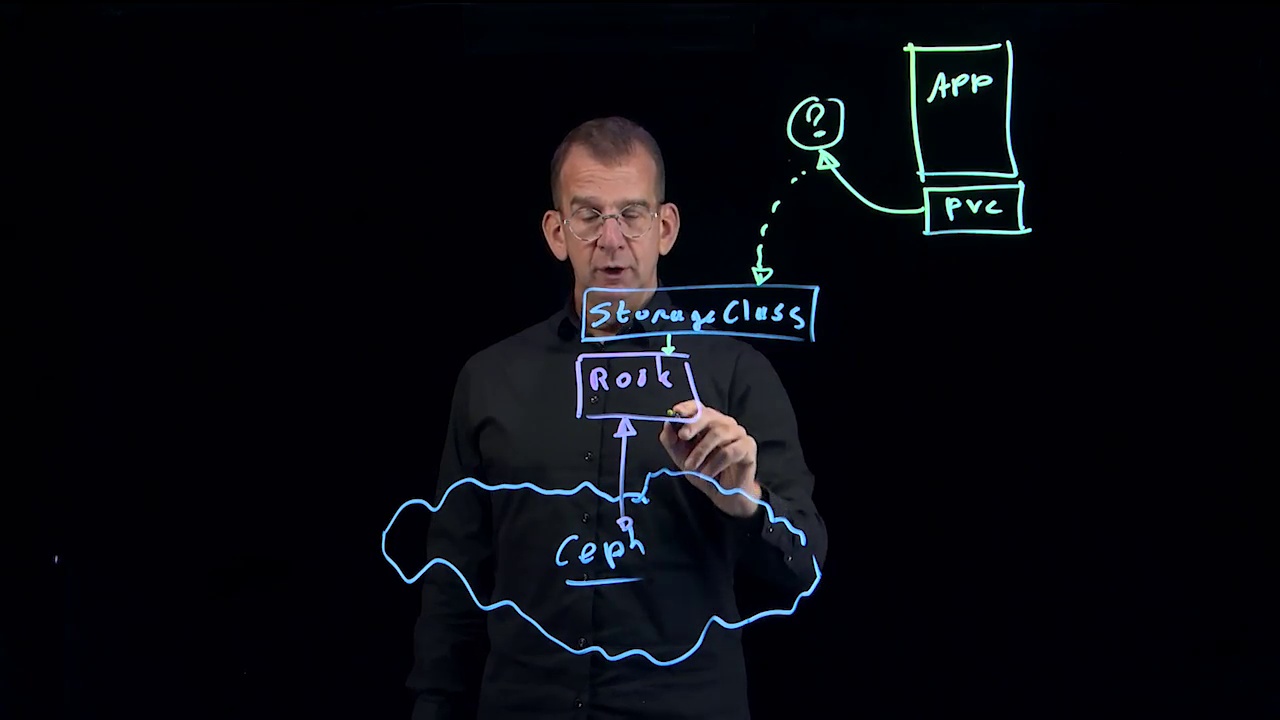001. Learning objecties
002. 4.1 Manually Starting Systemd
003. 4.2 Systemd Unit Files
004. 4.3 Tweaking Unit Files
005. 4.4 Mounting Filesystems with Systemd
006. 4.5 Using Sockets
007. 4.6 Scheduling Processes with Timers
008. 4.7 Analyzing Systemd Performance
009. 4.8 Adanced Dependency Handling
010. 4.9 Managing Resource Allocation Part 1
011. 4.10 Managing Resource Allocation Part 2
012. 4.11 Managing Resource Allocation Part 3
013. 4.12 Creating Custom Units
014. 4.13 Creating Custom Targets
015. 4.14 Running User Processes in Systemd
016. Real-world Scenario Booting without etcfstab

